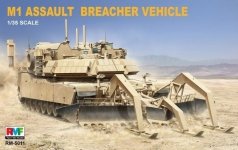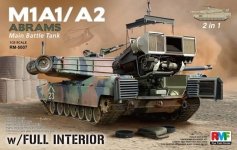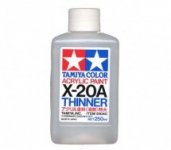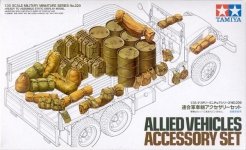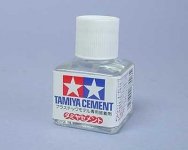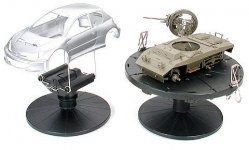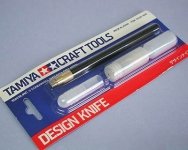Kaufen Sie das ganze Set!
Rye Field Model 5065 Leopard 2A6 Main Battle Tank 1/35
Plastikowy model czołgu do sklejania. Nie zawiera kleju ani farb.
Leopard 2A6
Różnice pomiędzy maszynami w wariancie A5, a A6 ograniczają się praktycznie do głównego uzbrojenia. W nowoczesnej wersji zastosowano armatę z lufą wydłużoną z 44 do 55 kalibrów. Została ona opracowana w czasie programu fazy KWS I. Dzięki drodze w przewodzie lufy dłużej o 1,3 m, prędkość wylotowa nowoczesnych pocisków podkalibrowych DM 53/63 wzrosła teraz z 1670 do prawie 1780 m/s. Oznacza to, że uzbrojenie Leoparda 2A6 może pokonać pancerz nieprzyjacielskiego czołgu z odległości około 1,5 km większej niż armata czołgu Leoparda 2A5, na tym samym dystansie zaś dysponuje wyraźną przewagą. Przebijalność pocisków DM 53 przy działach o długości 55 kalibrów wynosi ok. 740 mm na dystansie 2000 metrów, natomiast amunicja podkalibrowa DM 63 osiąga na tym samym dystansie ok. 810 mm.
W 2001 roku z inicjatywy państw użytkujących Leopardy 2, zaczęło kształtować swoje konstrukcje, aby przystosować je do misji stabilizacyjnych o charakterze asymetrycznym, w operacjach międzynarodowych. W ich trakcie czołgi były wykorzystywane głównie do działań patrolowych, wzmacnianie punktów kontrolnych i baz oraz typowej demonstracji siły. Najpoważniejszym zagrożeniem bojowym jakiego mogły wówczas doświadczyć załogi pojazdów były miny oraz improwizowane ładunki wybuchowe.
Eksperymenty jakie prowadzono w Niemczech, wykazały wrażliwość Leopardów 2 na wybuchy min. W rezultacie prac powstał zestaw konwersyjny, zgodnie z oficjalnymi informacjami, zapewniający odporność na detonację ładunków równoważnych 10 kg trotylu. Jego podstawową, widoczną z zewnątrz częścią, była dodatkowa płyta ekranująca dno kadłuba. Ponadto przekonstruowano niektóre wewnętrzne elementy w tym właz ewakuacyjny, pierścień ślizgowy oraz kosz wieży. Całkowicie zmieniono kadłubowy zasobnik amunicji armatniej. Nowy stelaż miał mniejszą pojemność – mieści teraz 22 naboje – ponieważ usunięto pięć gniazd amunicyjnych, które znajdowały się najbliżej dna kadłuba. Zamiast tego w konstrukcji znajdują się otwory, umożliwiający częściowe odkształcanie się zasobnika w przypadku deformacji płyty dennej kadłuba. Wałki skrętne, które w przypadku eksplozji pod pojazdem mogły się stać źródeł dodatkowych odłamków, zostały dodatkowo pokryte osłonami. Fotel kierowcy zastąpiono podwieszanym siedziskiem z pasami bezpieczeństwa. Zmiany spowodowały wzrost masy bojowej z porównaniu z Leopardem 2A6 z ok. 60 ton, do 62 ton modernizacji Leoparda 2A6M.
W 2003 roku, już w nowych warunkach trwającej wówczas „wojny z międzynarodowym terroryzmem”. Bundeswehra złożyła zamówienie na 70 wozów z pakietem przeciwminowym, nazywana Leopardami 2A6M. Pojazdy powstawały w wyniku modyfikacji czołgów w wersji A6 i zostały dostarczone w latach 2004–2008. 20 maszyn zostało wówczas wydzierżawionych przez Kanadę i wzięło czynny udział w operacji w Afganistanie
Leopard 2A6
The differences between the A5 and A6 variants are practically limited to the main weapons. The modern version uses a cannon with a barrel extended from 44 to 55 calibers. It was developed during the KWS I phase program. Thanks to the way in the barrel tube by 1.3 m longer, the muzzle velocity of the modern DM 53/63 subcaliber rounds has now increased from 1,670 to almost 1,780 m / s. This means that the armor of the Leopard 2A6 can overcome the armor of an enemy tank at a distance of about 1.5 km more than the cannon of a Leopard 2A5 tank, and at the same distance it has a distinct advantage. The penetration capacity of the DM 53 shells with 55 caliber guns is approx. 740 mm at a distance of 2,000 meters, while the DM 63 sub-caliber ammunition reaches approx. 810 mm at the same distance.
In 2001, at the initiative of the countries using the Leopard 2, began to shape their structures to adapt them to stabilization missions of an asymmetric nature in international operations. During them, the tanks were used mainly for patrol operations, strengthening checkpoints and bases, and for a typical demonstration of force. The most serious combat threats that could then be experienced by vehicle crews were mines and improvised explosives.
The experiments that were carried out in Germany showed the sensitivity of the Leopard 2 to the explosions of mines. As a result of the work, a conversion kit was created, according to the official information, ensuring resistance to detonation of charges equivalent to 10 kg of TNT. Its basic part, visible from the outside, was an additional plate shielding the bottom of the fuselage. In addition, some internal elements have been redesigned, including an escape hatch, a slip ring and a tower basket. The hull cannon ammo rack has been completely changed. The new rack had a smaller capacity - it now holds 22 rounds - because the five ammo slots closest to the bottom of the hull had been removed. Instead, there are openings in the structure that allow the container to partially deform in the event of deformation of the bottom of the hull. The torsion shafts, which could become sources of additional fragments in the event of an explosion under the vehicle, were additionally covered with covers. The driver's seat was replaced with a suspended seat with safety belts. The changes resulted in an increase in combat weight compared to the Leopard 2A6 from about 60 tons, to 62 tons of the Leopard 2A6M upgrade.
In 2003, under the new conditions of the then ongoing "war against international terrorism". The Bundeswehr placed an order for 70 vehicles with an anti-mine package, called the Leopard 2A6M. The vehicles were developed as a result of modification of the A6 version tanks and were delivered in the years 2004–2008. At that time, 20 machines were leased by Canada and took an active part in the operation in Afghanistan














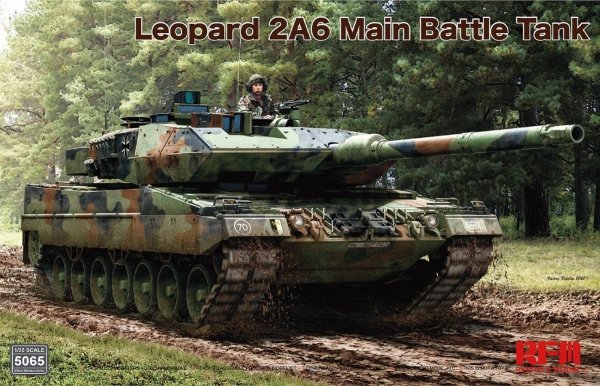
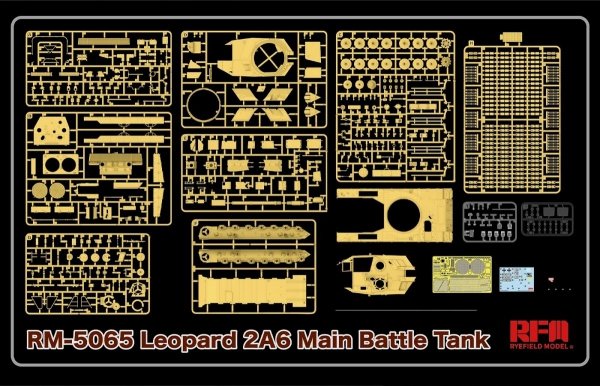
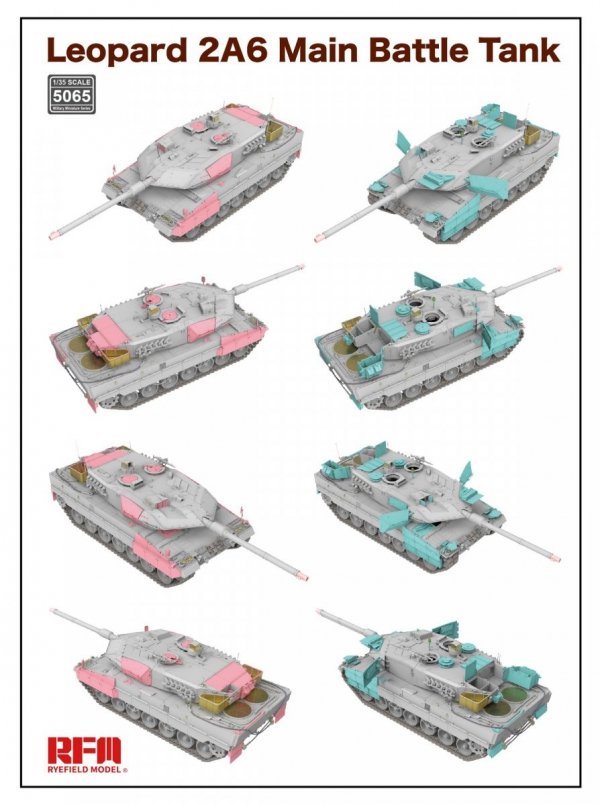
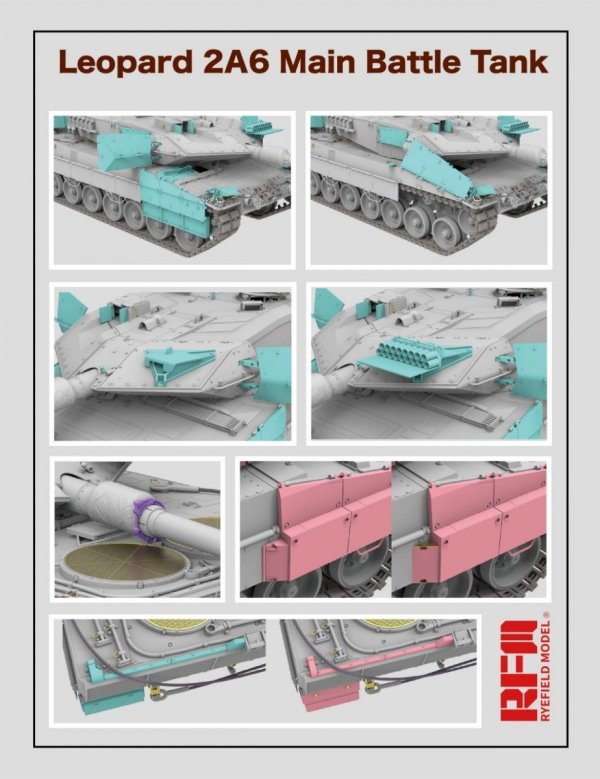
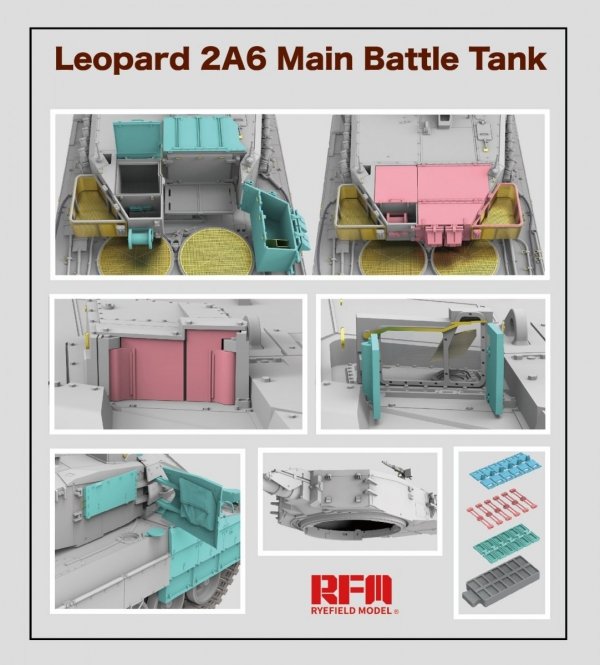

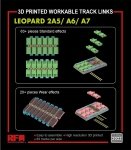
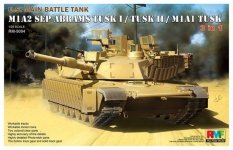
 34 szt.
34 szt.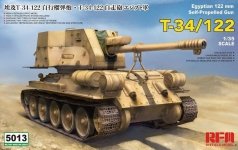
 3 szt.
3 szt.